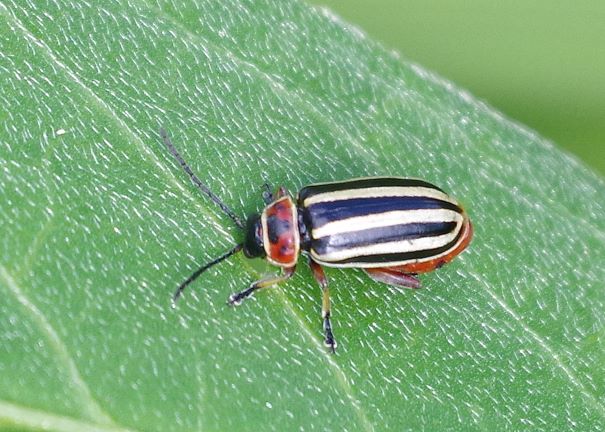
Bug o’the Week – Horsehair worm Redux
by Kate Redmond
It’s a good thing that the common usage of the term “bug” is so inexact, because once again we are stretching its boundaries to/past the limits.
Horsehair worms are in the Phylum Nematomorpha (which is different from the Nematode worms). They’re skinny and long; this individual was maybe five inches long, but some species grow to one or two feet long. They have a hard, chitinous covering. They come in opaque yellow to tan to brown to black colors. They’re wiry and cylindrical, with little tapering at either end (unlike the nearby Nematodes).









